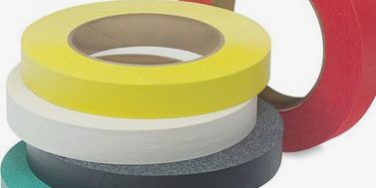Masking tape, originally developed for industrial applications, has evolved into a versatile tool embraced by artists, crafters, and DIY enthusiasts. This blog post explores the journey of masking tape from its utilitarian origins to its multifaceted role in creative endeavors.
Automotive and Painting: In the automotive industry, masking tape is used to mask off areas during painting, preventing overspray. Its precision ensures professional paint finishes.
Home Improvement: Masking tape is essential in home improvement projects. It aids in protecting surfaces from paint, stain, or varnish while allowing for clean and sharp lines.
Crafting and DIY: The arts and crafts community has embraced masking tape for its ease of use and versatility. It can be used in scrapbooking, card-making, and other creative projects.
Temporary Fixes: Masking tape serves as a quick fix for minor repairs, such as holding items in place or securing loose components until a permanent solution can be implemented.
Decor and Design: Masking tape’s diverse range of colors and patterns has led to its use in interior design. It can create temporary wall designs, geometric patterns, and other decorative elements.
Tips for Success: When using masking tape, choose the appropriate tape width and adhesive strength for the task at hand. Test on a small area to ensure compatibility with the surface.
In conclusion, masking tape’s journey from industrial applications to creative crafting exemplifies its adaptability and functionality. Its presence in diverse fields highlights its ability to bridge the gap between practicality and artistic expression.
























